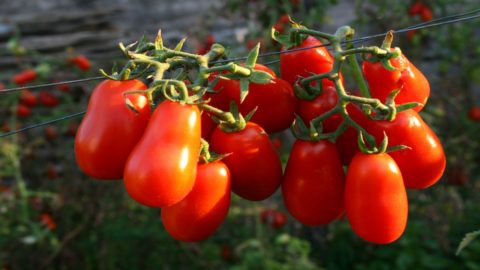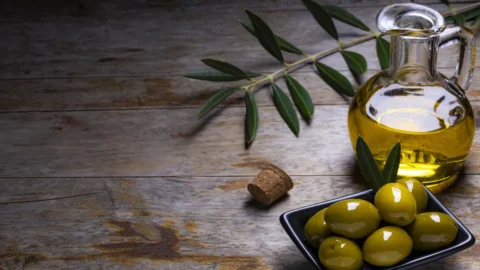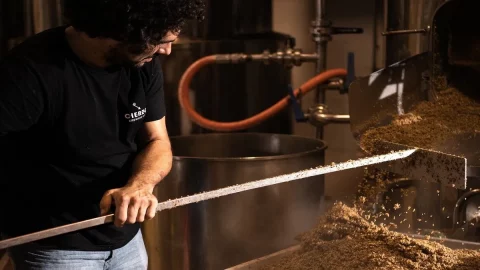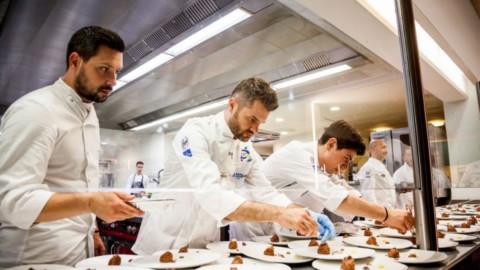It is one of the most fitting examples of the great art of getting by of the Neapolitans who, in the shadow of Vesuvius, have practiced since time immemorial maintaining a supremacy that is difficult to equal by other populations: it is an illusionistic effect that not even the great David Copperfield or our magician Vartan they would have ever dreamed of devising. It is a dish rooted in poor Neapolitan cuisine: spaghetti alle vongole fujute, which, translated, means spaghetti with escaped clams. Do you flee? In reality, the clams have never entered that dish but their flavor does and makes the dish smell of the depths of the sea. The conception of this dish is traced back, in the popular vernacular, to the great actor and director Eduardo De Filippo.
Many years ago, one evening, the great Eduardo, returning home, tired after a theatrical performance that had kept him busy for a long time, wanted to treat himself to a nice plate of spaghetti with clams and then go and rest. But, surprised, he opens the refrigerator and realizes that there isn't even one clam house. Eduardo does not lose heart: he threw oil into a pan, browned a clove of garlic, then added a large bunch of parsley and a handful of small, pointed-shaped cherry tomatoes, which many Neapolitans keep at home intertwined and hung in the cellars or on the balconies which have the characteristic of being able to be kept for a long time, a bit like the piennolo tomatoes that grow on Vesuvius.
In this case the cherry tomatoes with which Eduardo experimented in his culinary invention are called Corbarini, and originate from the hills of Corbara, in the Nocerino-Sarnese countryside, in the province of Salerno (they can also be found in the province of Naples, in the Pompeiana-Stabiese area). The Corbarino of an intense red color with a typical sweet and sour flavour, represents one of the most significant examples of the local rural tradition and is particularly rich not only in vitamins and mineral salts, but also in healthy antioxidant substances. But above all its cultivation on the hills of Corbara, exposed to the winds of the sea of the Gulf of Salerno, ensures that this tomato that has absorbed the harsh saltiness of the sea gives the sauce the penetrating aroma of seafood, even if they are not there, together with the flavor of the parsley, treated with all the stems, which adds flavor to flavor.
And that's how the great Eduardo was able to perform his miracle. That evening he managed to eat his spaghetti which tasted like “Fuggite” clams (the name contains all the irony of the Neapolitans) and he was so happy with the result that the next morning he called his sister Titina expressing all his satisfaction for “Suo” plate of her. Whether that's exactly how things went, we may never know. But it is certain that among the less well-off Neapolitans, spaghetti alle vongole fujute” are quite widespread. And whoever can, also resorts to a further stratagem to flavor them, also puts some pebbles taken from the sea in the pan which release the salts accumulated on the surface, pebbles which in addition to the flavor also contribute, with their clinking, to giving the illusion of noise of the shells of the clams. So let's go back to the protagonist of Edwardian gastronomic miracle.
Campania has historically always been among the areas where the cultivation of tomatoes was more widespread (the first tomatoes then considered an ornamental, poisonous and inedible plant arrived as a gift to the King of Naples from the King of Peru). For this reason, this area then transformed into a reservoir of valuable native local products formed over the years through spontaneous hybridization or mutations due to the selections made by the farmers themselves. In fact, in a very limited area it is possible to identify several typical crops, the result of man-environment interactions, spontaneous or mediated. Among these, one of the most widespread in the past was the Corbara or Corbarino tomato which takes its name from the town on the Amalfi coast.
Produced in the vineyards, on the sides of the gentle hills of the town, thanks to the layer of lapilli present at about 1,5-2mt. deep, which acts as a drainage, it has a savory taste all its own. Due to its slightly acrid taste, a concentration of aromas and flavours, it has always been an excellent product to be eaten fresh, seasoned in tasty salads. At the same time, due to its sapidity, it is also particularly suitable for cooking with fish or in savory soups because it absorbs the harsh saltiness of the sea, jealously preserving it.
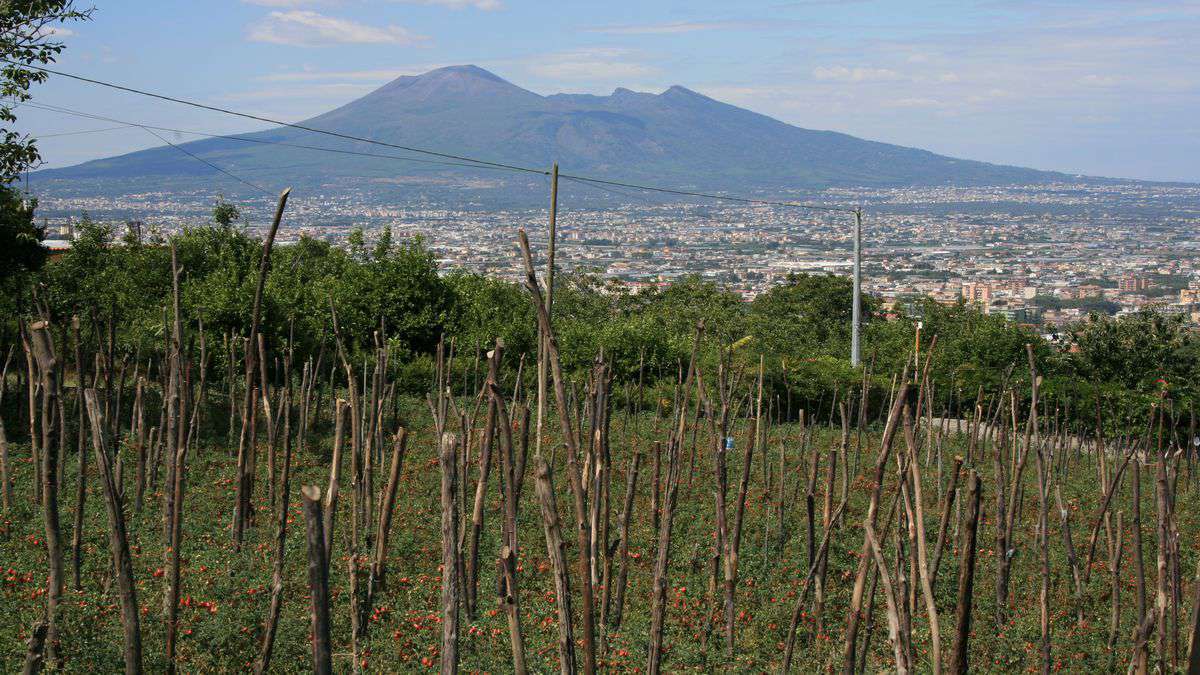
Just like their closest cousins, the piennolo tomatoes, after harvesting, the Corbarini are patiently tied to strands, bunches are formed held together by a rope (nibble) with which they are hung in a dry and shaded area of the house where they can be kept for months recording a minimal loss of all antioxidant substances (ascorbic acid, lycopene, flavonoids, beta carotenes, etc.) present in high quantities in these types of cherry tomatoes, thanks to the beneficial effect of the nitrogen-rich lava lapillus.
In these parts the peasants also used drying the halved cherry tomatoes in the sun between July and August, taking advantage of clear days. Dried halves for 2-3 days are placed in glass packages; then seasoned with oil, garlic, chilli pepper. Once closed, the jars are transformed into a supply, a preserve to be enjoyed with friends and relatives during the autumn and winter period accompanied by local cured meats or used in typical culinary preparations (the so-called "dry pats"). But it is a practice that has been rarefying over time to the point of almost disappearing.
This tradition has now been revived by a passionate entrepreneur from the area, Carlo D'Amato, who gave birth to the company "I Sapori di Corbara / Corbarì", gthanks to which this tradition which had remained in the use of only a few families, is catching on again, spreading among connoisseurs and gastronomes.
“These have been ten hard years of work – declares D'Amato – and at the beginning we were even afraid of having ventured into risky terrain, amid distrust and hesitation, but in the end the facts proved us right. Today the level of excellence of our production, implemented according to traditional techniques, and territorially limited, is widely recognized as a high quality "niche" product. We get requests that we are not always able to satisfy. Why ours Corbarì are born from a profound peasant wisdom. Meanwhile, we only use carefully selected tomatoes from those grown in Corbara, which are very different from those that come from the Lattari mountains or those from the plains. The difference is the flavour.
Because our Corbarini benefit from the particular microclimate existing in Corbara and above all from the geomorphology of the territory of this area, in terraces, which favor the drainage of water and create ideal conditions for growing plants which produce fruits with low acidity and rich in a real and its own mix of minerals that the roots draw from the subsoil. In these conditions the cultivation is also slower and this allows the fruit to absorb the substances of the soil more intensely but also to benefit from the effects of the sea winds which give them an intense and very particular flavour.
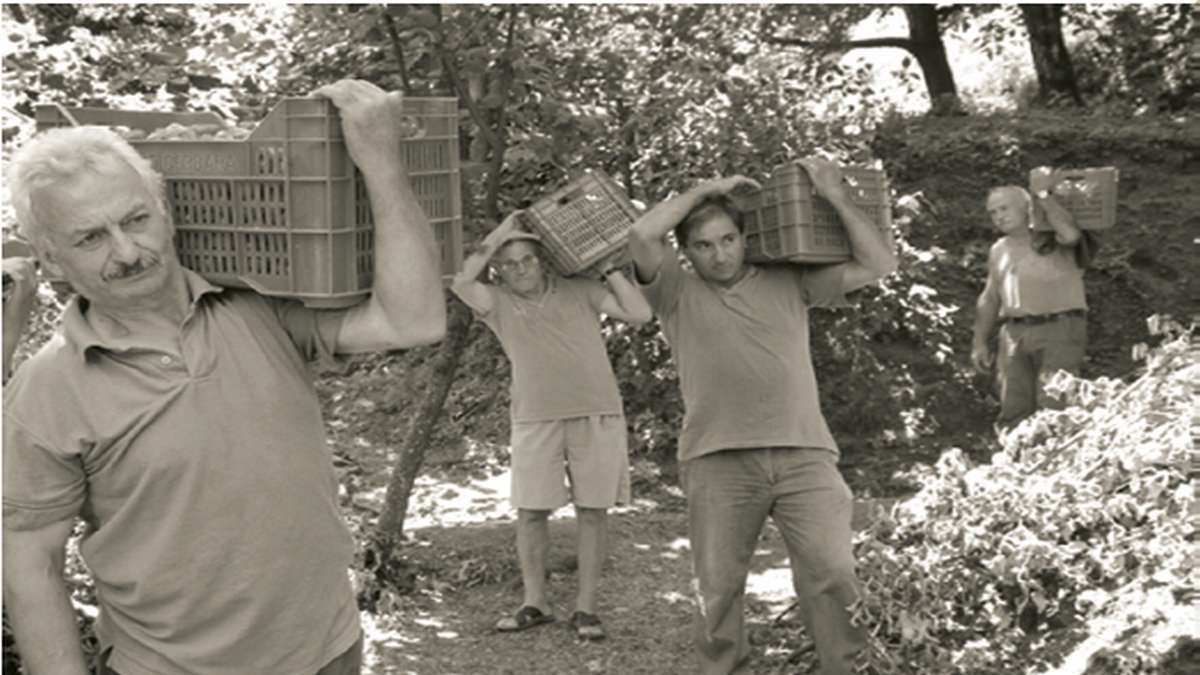
The commitment, respect for the ancient rules of cultivation, the quality of the workmanship – the company has obtained ISO Certification – have borne abundant fruit. The company production has gone from 40 to 4000 quintals of product in ten years, which is not enough to satisfy the demand coming from the market. “Our way of working faithfully reflects the traditional way of preserving the products, typical of our peoples – adds D'Amato – The farmers who supply us must respect our quality specifications; after having carefully selected all the cherry tomatoes that arrive at the company, we check the shape, size, degree of ripeness, consistency, colour, ph and sugar content, to then decide on the most appropriate use for our references.
The selection work is exclusively done by hand, and the pasteurization phase is carried out at 98/100 degrees because this phase is fundamental for the integral conservation of all the organoleptic characteristics. In fact, at these temperatures all the protein properties remain intact in the cherry tomato: lycopene and beta-carotene, which together represent a great defense in the prevention of tumors and pectin, which allows the Corbarino to bind wonderfully to the pasta and makes it excellent in the preparation of pizza".
And it is so true that two authentic world authorities in terms of Pizza, Francesco and Salvatore Salvo, the great brothers of the Neapolitan pizza of San Giorgio A Cremano and Via Riviera di Chiaia in Naples, having to make their own Cosacca, a historic pizza much loved by the Neapolitans but little known outside the borders of Campania, which has become a real must among pizza enthusiasts to the point of having generated a hashtag known throughout the network: #incosaccawetrust, they chose the Corbarì by D'Amato. For the uninitiated, the origin of the Cossack dates back to the visit of Tsar Nicholas I to Naples together with his beautiful wife, Aleksandra Fёdorovna.
“The king of the Kingdom of the Two Sicilies, Ferdinand II of Bourbon - explains Salvatore Salvo - wanted to let his sovereign friends taste this delicious dish: pizza, which thanks to the tradition of the Grand Tour was making itself heard throughout Europe. And so it was that a large amount of cheese (today Pecorino Bagnolese) was snowed on a tomato-red mantle (now Corbarino), and one of the best pizzas ever was born". In short, an extraordinary pizza made up of only two basic elements, a masterful dough and the Corbarino di Corbarì tomato. No need to say more.
The Flavors of Corbara, Corbarì by Carlo Damato
Via Luigi Novi,11 – 84010 Corbara (SA)
phone: +39 081 19091546
Fax: +39 081 19328778
Email: info@ isaporicorbara.it
The recipe for spaghetti with fujute clams
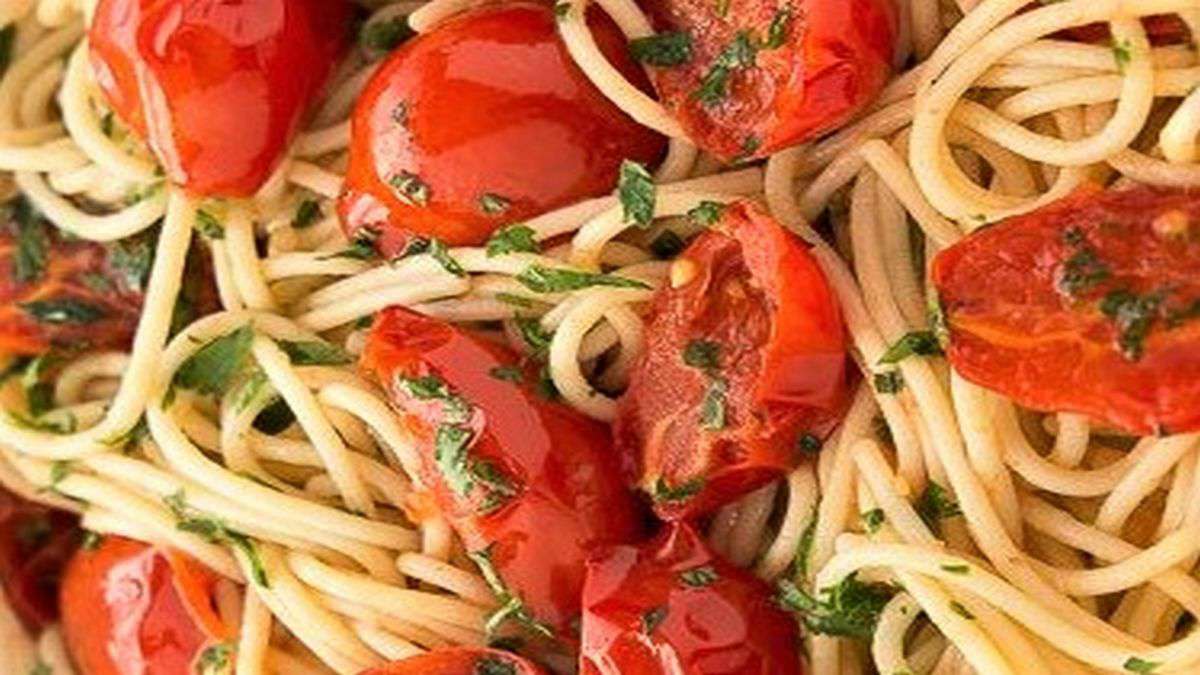
INGREDIENTS
500g spaghetti
500 g Corbarì cherry tomatoes
1/2 cloves of garlic
Spicy red chilli
extra virgin olive oil
plenty of parsley
Salt to taste
PREPARATION:
Fry the garlic in a pan and when it is golden brown on both sides, remove it
Add the chilli pepper, the Corbarini tomatoes cut in half, salt and cook over high heat for about ten minutes. When the pasta is still al dente, pour it into the pan without draining it and continue cooking in the pan, sautéing it in the previously prepared sauce. Turn off the heat and then add plenty of chopped parsley, seasoning everything with a drizzle of raw olive oil. Risotto and serve immediately.
PS: if you want to respect tradition and surprise your friends, you can find some sea pebbles and throw them in the pot to boil with the pasta

